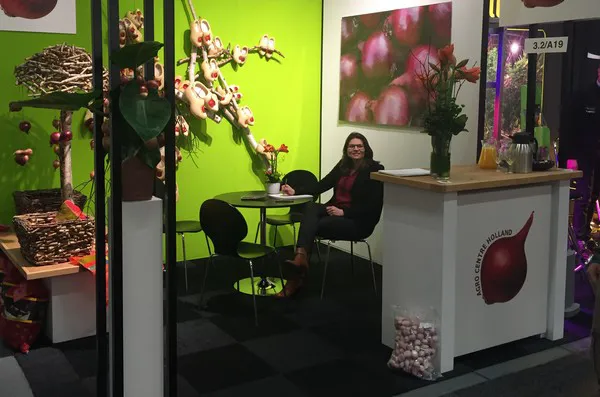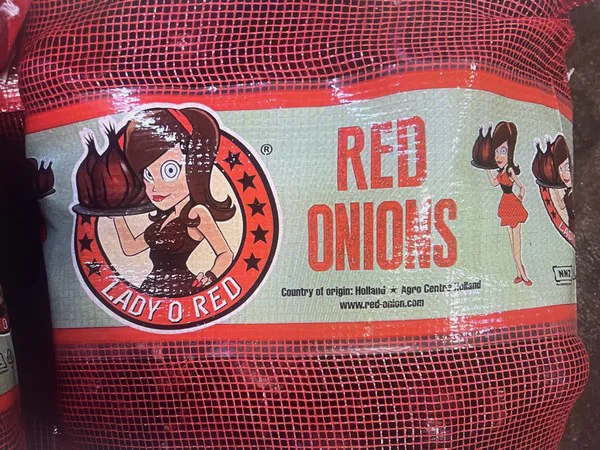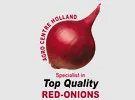Red onion prices, though still acceptable, hold no candle to yellow onions' sky-high prices. Still, that market is affecting red onions this year, Carl van de Wiel of Agro Centre Holland notes. "We often say the red onion market operates completely independently of the yellow. However, now, perhaps for the first time in my career, red onion sales are up because the yellow ones are so pricey," he begins.

"There are still quite a few red onions in Europe, especially compared to the yellow ones. As with the yellow ones, red onion yields were lower, though more red onions were sown, so there are the same volumes available as last year. But the additional demand the shortage of yellows has created could lead to shortages again at the end of the season. So, I'm optimistic, while many others are quite pessimistic. It seems some smaller packers are trying to talk the market down by creating a negative scenario, but I foresee a good red onion market in the coming months."
"Red onion prices are increasing slightly. Still, growers aren't getting realistic prices compared to the bale prices. All the speculation is skewing that ratio. Exports are currently focused mainly on Europe. We did send some onions overseas at the season’s start, especially towards Asia, but not in the quantities we did in other years in the fall. I think, with red onions, we went in too high. We began lower with yellow onions, and then people accept minor price increases. Start too high, and exports stagnate. That trade doesn't recover either," says Carl.

"The whole red onion season has been excellent, quality-wise. These onions are usually more sensitive than the yellow ones, yet, there have been very few quality issues. So, there are few red onions available for the industry. In other years there were often many with too many shoots or fusarium; not so this year." Carl, however, remains concerned about the rapidly growing red onion acreage "That’s now moving toward a 20% share," he says.

"Recently, these onions have often performed better, so growers are more inclined to sow them. But as soon as there's a healthy year where everything grows normally, as it should, there are too many red onions. The same goes for the yellow ones, but with the population growth in Africa, that surplus is easier to absorb. We rely largely on Europe for red onion sales, and that market's shrinking, not growing. I'm thus very curious to see what growers will do next season," Carl concludes.
For more information:
Carl van de Wiel
Agro Centre Holland
Noordseweg 11
4772 PG Langeweg
Tel: +31 (0)168 371230
info@red-onion.com
www.red-onion.com
